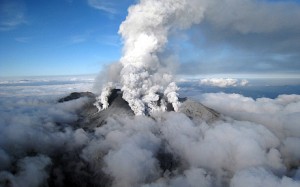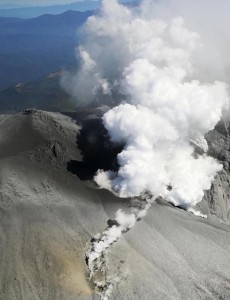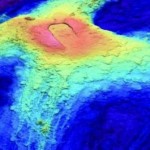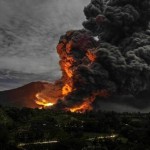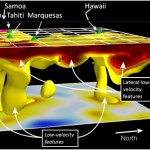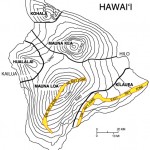Mount Ontake—Mount Fuji's lesser known cousin, a 3,000 meter tall stratovolcano in central Japan—erupted at noon on September 27, giving just 12 minutes of notice in the form of tremors.
Groundwater had apparently become superheated, resulting in a phreatic eruption as steam burst out of the volcano—propelling a white plume into the sky, sending scorching pyroclastic flows down its slopes as far as 3 km, and dumping a foot of roof-crushing ash near its summit.
Mount Ontake is a popular recreational site, featuring a (now ash-covered) mountain lodge. Unfortunately, at least 30 hikers died as a result of falling rocks, volcanic gases, and ash inhalation. Rescue and body recovery efforts have been impeded by gases and continuing seismic activity.
Magma injection into the crust causes telltale ground deformation and long period earthquakes that give geologists a heads up of what's to come, but phreatic eruptions provide few warning signs. Mount Ontake has not erupted magma since 1979, but its last phreatic eruption occured in 2007, just seven years ago. Some scientists speculate that this latest phreatic eruption could have resulted from rising magma, potentially foreshadowing future magmatic activity.
For a more detailed look at Ontake's geology, check out this excellent post by a geophysicist.

